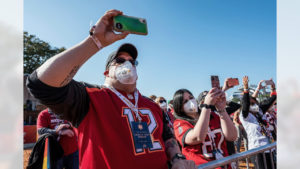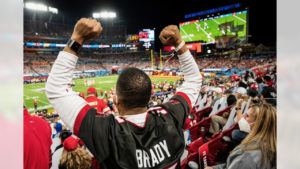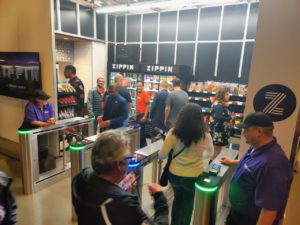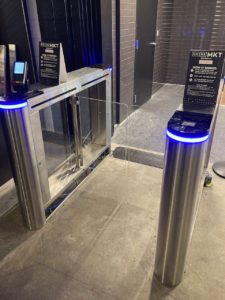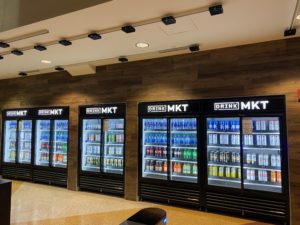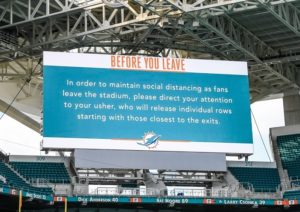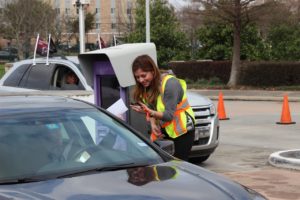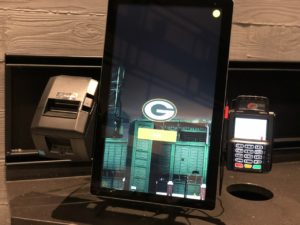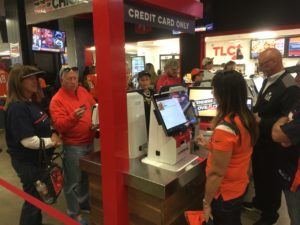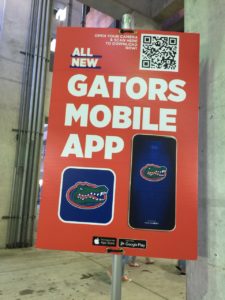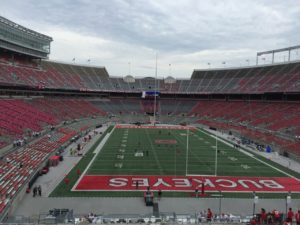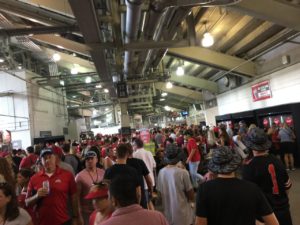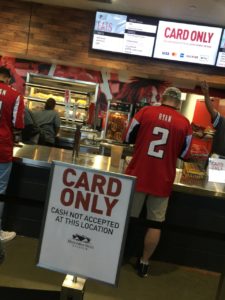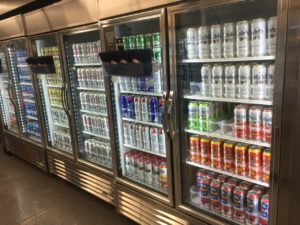Normally event attendees have no idea of what goes on in the background of a stadium’s payment-processing business, but when systems go down like they did Saturday night, it’s not a pleasant outcome for anyone involved.
Details are still being sorted out but apparently a system outage at a company called TSYS, which calls itself “a leading global provider of seamless, secure and innovative solutions to payment card issuers,” caused concessions systems to become inoperable at some U.S. venues Saturday night, including the San Diego Padres’ Petco Park and Allegiant Stadium in Las Vegas.
Shift4 Payments, which processes payments at many businesses in Las Vegas, including Allegiant Stadium, also tweeted that they were aware of the problem, which they said was with TSYS and not with Shift4’s systems. Allegiant Stadium was hosting the WWE SummerSlam wrestling show Saturday night, and according to the Las Vegas Review-Journal the cashless concessions systems were not operable, causing large lines to form and that some concessions stands were just handing out prepared food and non-alcoholic beverages.
READ MORE AT STADIUM TECH REPORT!
